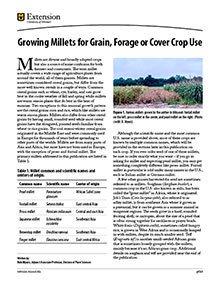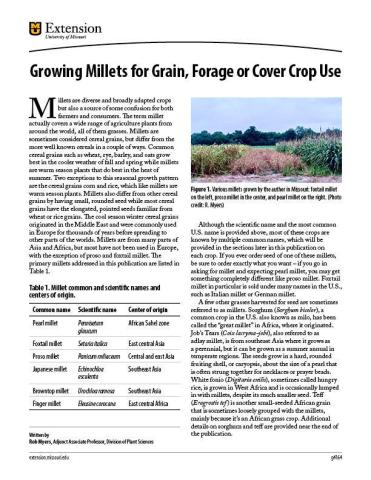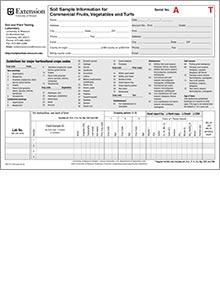

Soil Sample Information for Commercial Fruits, Vegetables and Turfs
Revised
Commercial fruit, vegetable and turf growers in Missouri can have their soil analyzed by the MU Extension Soil and Plant Testing Laboratory. Complete and submit this form along with your samples.
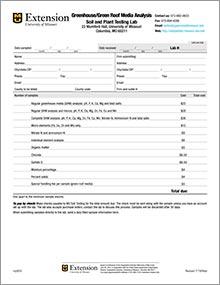
Greenhouse/Green Roof Media Analysis Information Form
Revised
Testing greenhouse media provides an assessment of the material to adequately provide plant nutrients and provide a good rooting environment. Complete and submit this form along with your samples.
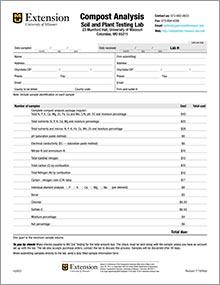
Compost Analysis Information Form
Revised
It is preferable to know the nutrient content of your compost material. Based on the compost analysis you can decrease the amount of fertilizer needed. Complete and submit this form along with your compost samples for analysis.

Using and Storing Cornmeal
Revised
Cornmeal is a staple in many kitchens because it has a variety of uses. Visit our website today to learn about Using and Storing Cornmeal.
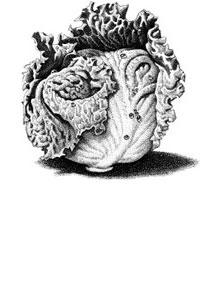
Frequently Asked Vegetable Questions
Reviewed
Are you wondering why your carrot seeds won’t germinate or when to harvest your zucchini? Find answers to these and many more vegetable questions in this guide.
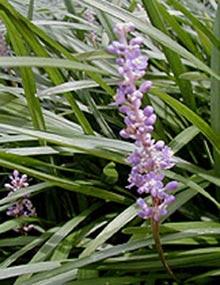
Selected Ground Covers for Missouri
Reviewed
Ground covers are low-growing plants that spread quickly to form a dense cover. All the ground covers discussed in this guide are reliably cold hardy throughout Missouri.
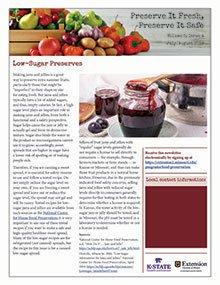
Preserve It Fresh, Preserve It Safe: 2019, No. 4 (July/August)
New
Learn safe methods for making low-sugar jams, jellies, and spreads, plus tips for preserving fruits like white peaches and pineapple.
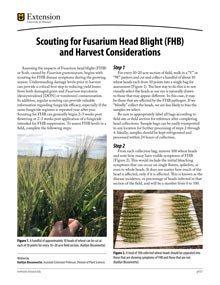
Scouting for Fusarium Head Blight (FHB) and Harvest Considerations
New
Learn how to scout for Fusarium head blight in wheat fields and assess harvest risks related to grain quality and mycotoxin contamination.
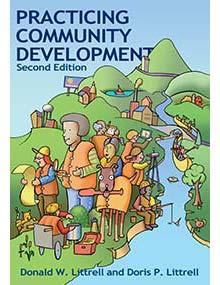
Practicing Community Development, Second Edition
Revised $30
Explore community development principles and ethical practices, offering real-world examples and strategies for empowering local communities.
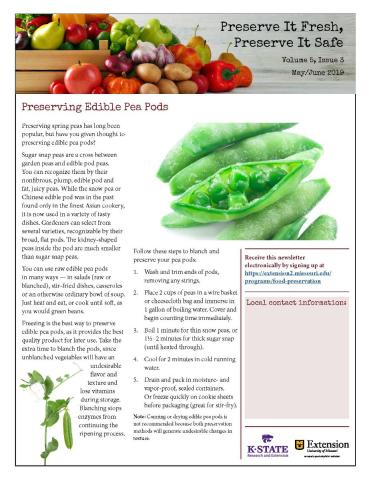
Preserve It Fresh, Preserve It Safe: 2019, No. 3 (May/June)
New
Discover safe methods for blanching and freezing sugar snap peas to preserve peak flavor, texture, and nutritional quality.
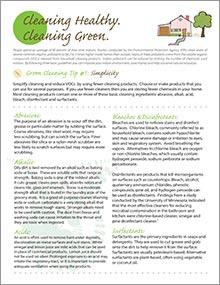
Cleaning Healthy. Cleaning Green.
New
Editor's note
This publication is intended for digital download.

Green Cleaning: Recipes for a Healthy Home
New
Editor's note
This publication is intended for digital download.
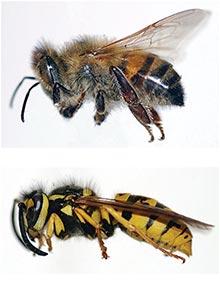
Bees and Wasps
Reviewed
Learn to identify common bees and wasps in Missouri, understand their nesting habits, and get tips on managing their presence safely.
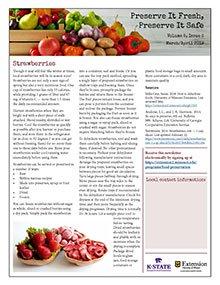
Preserve It Fresh, Preserve It Safe: 2019, No. 2 (March/April)
New
Learn how to choose, store, freeze, and dry strawberries to enjoy their flavor and nutrition beyond the harvest season.
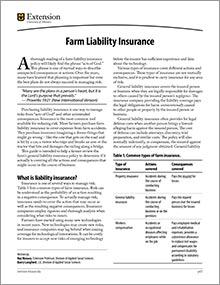
Farm Liability Insurance
New
Learn how to manage risk and protect your farm with liability insurance. Understand who is covered, what damages are covered and general liability insurance exclusions.
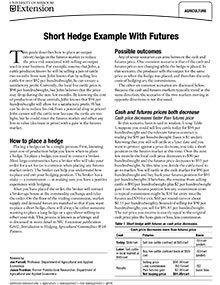
Short Hedge Example With Futures
Revised
Learn how to place a short hedge in the futures market to lock in a price when selling a farm product or commodity that will be delivered in the future.
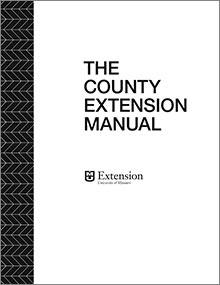
The County Extension Manual
Revised
Editor's note
This item is available for University of Missouri Extension internal orders or download only.
For more information, contact extpubs@missouri.edu
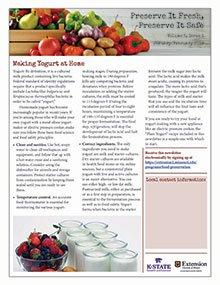
Preserve It Fresh, Preserve It Safe: 2019, No. 1 (January/February)
New
Step-by-step tips for homemade yogurt: sanitize tools, control temperatures, and use just milk plus starter for safe, satisfying results.
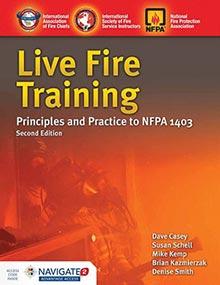
Live Fire Training Principles and Practice, Second Edition Manual
New $110
This manual provides a definitive guide on how to ensure safe and realistic live fire training for both students and instructors. It addresses all the requirements for NFPA 1403, Standard on Live Fire Training Evolutions, 2018 Edition.

Fire Service Hydraulics and Water Supply, Third Edition Manual
New $81 to $95
This manual covers the basics of water and water flow, theoretical and practical methods of determining water flow and pressure loss, types of pumps and fire apparatus used to move water, relay pumping operations, fire pump testing, and effectively supplying sprinkler and standpipe systems. It also discusses recent research on updating friction loss coefficients for the modern fire hose.
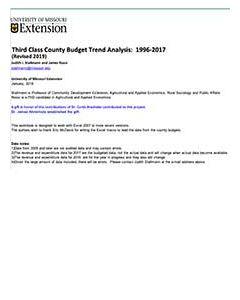
Missouri’s Third Class County Budget Trend Analysis
Revised
Use this workbook to analyze fiscal trends in Missouri counties as well as carry out studies on budget, fiscal trends, and performance to identify needed actions. Compare past performance to set standards to gauge them alongside each other as well.
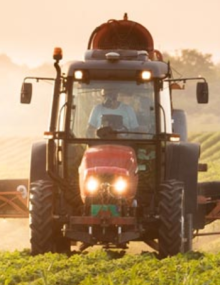
Pesticide Applicator Training Manuals: Ordering Information
Revised
Ordering information for pesticide applicator training manuals, including the core manual and various category-specific manuals.

Rapid Intervention Teams, Second Edition Manual
New $60 to $71
This manual presents the purpose of a rapid intervention team (RIT) program and how to implement one in an emergency response organization. It serves as a guide to the regulations and standards that apply to RIT including information from NFPA 1407 related to training and operational concepts.
